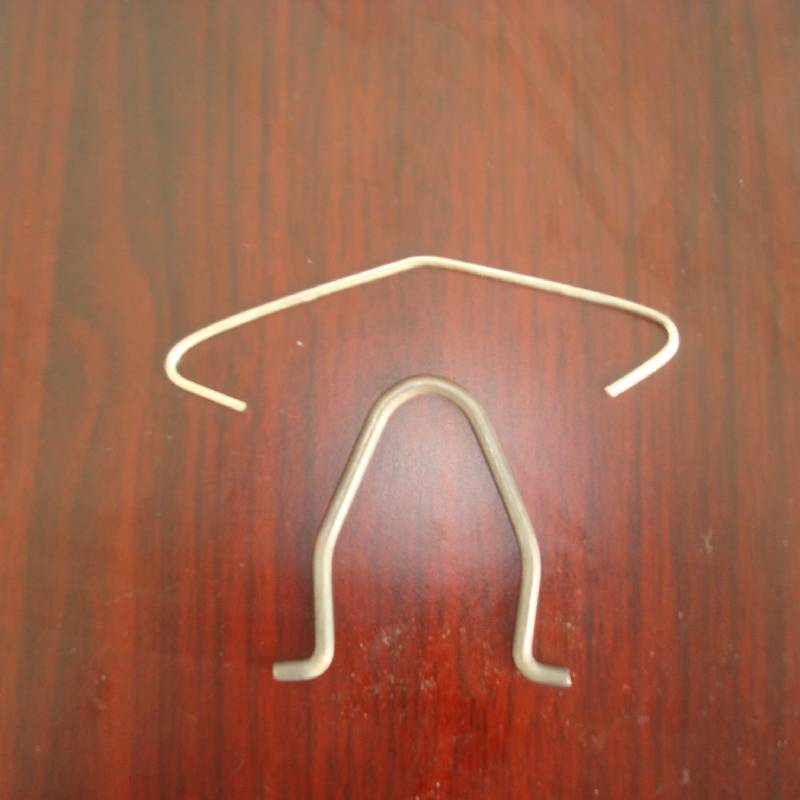
- Mobile Phone
- +8613931874955
- sales@cntcmetal.com
Connecting Masonry to Concrete Walls Using Effective Tie Solutions for Structural Stability
Understanding Masonry to Concrete Wall Ties
Masonry construction has been a staple in architectural practices for centuries, known for its durability, strength, and aesthetic appeal. When integrating masonry walls with concrete structures, it’s essential to ensure that these two materials work cohesively. This is where masonry to concrete wall ties become crucial.
What are Wall Ties?
Wall ties are connectors that serve to hold masonry walls securely to adjacent structures, often concrete walls. These ties provide structural support and stability, preventing the masonry from becoming detached due to environmental pressures, shifts, or vibrations. They essentially tie the two materials together, allowing for a unified wall system that enhances structural integrity.
Importance of Wall Ties
The use of wall ties is not merely a matter of convenience but a necessity for safety and durability. When masonry walls are subjected to wind loads, thermal expansion, or even seismic activity, well-placed wall ties distribute these stresses across both the masonry and concrete elements. This distribution is vital in preventing cracking, bowing, or eventual collapse of the structure.
Wall ties form a critical network within the wall assembly. They help mitigate the risk of moisture penetration between the two materials, thereby protecting the integrity of both the masonry and the concrete. Ties also facilitate the transfer of load, which is especially crucial in multi-story buildings where the weight of the structure above may cause significant downward force.
Types of Wall Ties
Several types of wall ties are utilized in masonry construction. The most common include
1. Metal Ties Typically made from galvanized steel, these provide strong connections that can withstand substantial tensile and shear forces. They are corrosion-resistant, making them suitable for a variety of environmental conditions. 2. Plastic Wall Ties These lightweight ties are resistant to corrosion and are often used in cladding systems. However, they may not provide the same load-bearing capabilities as their metal counterparts.
masonry to concrete wall ties

3. Brick Ties Used specifically for tying brick veneers to the underlying structure, these ties help hold the brick in place while allowing for some movement due to thermal expansion or settlement.
Installation Guidelines
The installation of masonry to concrete wall ties is a process that must be executed with precision. Key considerations include
- Spacing Wall ties must be installed at the correct intervals, typically every 16 to 24 inches vertically and at staggered positions horizontally.
- Depth of Embedment The depth to which the tie is embedded into the concrete must be sufficient to support expected loads. This depth is often dictated by local building codes and the specific design of the structure.
- Alignment Proper alignment of ties ensures that loads are evenly distributed. Misalignment can lead to localized stresses and potential failure of the wall connection.
- Quality of Materials Selecting high-quality ties that meet industry standards ensures the longevity and safety of the wall assembly.
Conclusion
Masonry to concrete wall ties play an indispensable role in modern construction, providing the necessary connections that ensure structural integrity, durability, and safety. As construction techniques evolve and materials improve, the design and application of wall ties will continue to adapt, reflecting advancements in engineering and architecture. Understanding their function and installation is essential for builders and architects aiming to create resilient structures that stand the test of time. Whether undertaking a residential project or a large-scale commercial development, the proper use of wall ties is a fundamental component of successful masonry construction.
share:
-
Your Source for Concrete Wall Ties and Masonry AccessoriesNewsJul.10,2025
-
Unlocking the Power of Iron Wire for Every ProjectNewsJul.10,2025
-
Explore Advanced Chain Wire and Stainless Steel Mesh FencingNewsJul.10,2025
-
Discover the Benefits of Annealed Wire ProductsNewsJul.10,2025
-
Discover China Stainless Steel Wire Mesh SolutionsNewsJul.10,2025
-
Build with Confidence Using High-Performance Masonry AccessoriesNewsJul.10,2025
-
Why Sacrificial Formwork Is Redefining Underground ConstructionNewsJun.06,2025



















